If there was ever a dilemma deserving of the hashtag #FirstWorldProblems, then it’s the question of how to remove stubborn shellac from your nails during a global pandemic.
(Soaring death rates? Elderly people dying alone? Let’s discuss the real issue of the day: the difficulty of disguising dark roots or errant greys.)
But while we can all acknowledge that maintaining your beauty routine during lockdown isn’t at the top of anyone’s priority list right now, that doesn’t mean it’s entirely irrelevant either (and with grim news dropped with frightening regularity, there’s something vaguely comforting about preoccupying yourself with a good manicure.)
This week, we asked three beauty experts – in hair, nails, brows and lashes – how to keep up your beauty regimen now that salons are shut.
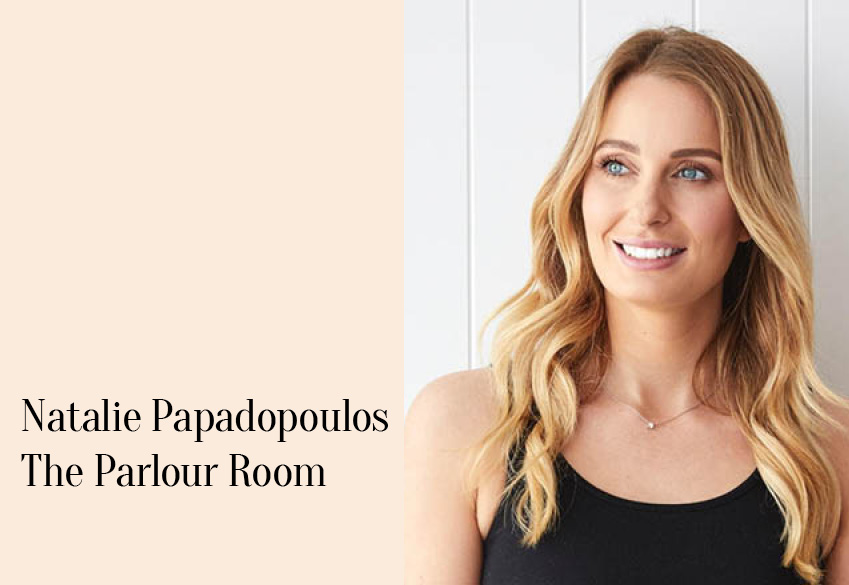
“Keep your nails short so they become stronger”
Natalie Papadopoulos is the owner of The Parlour Room in Sydney
Picking off your SNS or shellac might be weirdly satisfying, but you risk damaging the surface of the nail underneath, says Papadopoulos. (There goes another lockdown activity.) Instead, you should equip yourself with pure acetone, which you can get from a chemist; some cotton pads; tin foil; an orange stick or cuticle pusher; and a buffer. Only then will you be ready to remove the polish properly.
“Buff the nail so the top coat comes off, and it looks really rough, then soak a cotton pad in the acetone, put it on the fingernail and wrap it in tin foil,” Papadopoulos explains.
“Leave each fingernail wrapped for about 10 minutes and then use an orange stick to push the polish off the nail – shellac should just lift. SNS becomes jelly-like, so use a baby wipe to remove it.
“You may need to repeat the process once or twice, depending on the thickness of the polish. Use the buffer to remove any remaining bits, then cut and file your nails, and use a cuticle oil or strengthener to rehydrate the nail plate.”
Rather than worrying about replicating salon-perfect nails at home, Papadopoulos recommends giving your hands a bit of a holiday.
“I’d keep your nails short, apply cuticle oil and treatments, so they get strong and healthy,” she says. If you want to perform a simple at-home manicure, use an orange or cuticle stick to push back cuticles for an even base plate (“Never cut cuticles yourself,” she warns). Then apply a base coat, the polish and a top coat.
If you buy a new nail file, swipe it against your buffer before you use it, Papadopoulos adds. “Some of them can be quite sharp and catch the skin at the corner of the nail. Wiping it on the buffer gets rid of that initial roughness.”
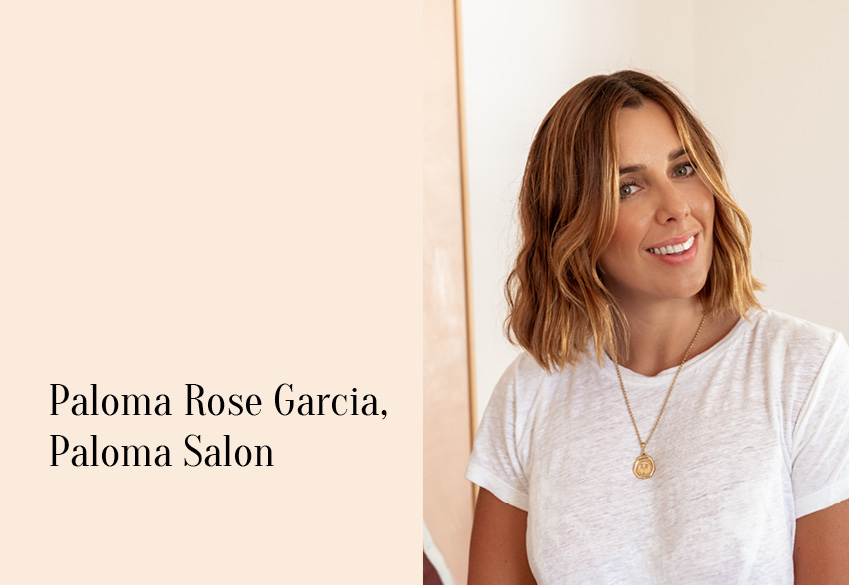
“Avoid heat styling to keep hair healthy”
Paloma Rose Garcia owns Paloma Salon, Sydney
While it may be tempting to head to the nearest supermarket and panic-buy home hair dye, Paloma Rose Garcia suggests taking less drastic measures (at least at first).
For regrowth, including grey hairs, she advises, “moving your part around where there’s the least amount of [regrowth]. Also, keep your hair clean – if it’s oily the contrast in colour will be more obvious”.
In the short term, she also recommends a touch-up spray like Oribe’s Airbrush Touch. “It should be in every woman’s beauty bag right now.” (In a testament to its popularity, the spray has already sold out on Amazon, but it’s available at David Jones and at Garcia’s salon.)
A touch-up spray should be in every woman’s beauty bag
Using shampoo and conditioner that’s specially formulated for coloured hair will also maintain your colour. For blondes, she recommends the Gold Lustre, Bright Blonde, and Kerastase Blonde Absolute ranges, as well as Christoph Robin for all shades.
“Avoid all heat styling,” says Garcia, who suggests using time in lockdown to focus on improving the condition of your hair. She recommends Kerastase Masquintense, Oribe Gold Luste Masque and Olaplex No. 3. “Apply them to freshly washed towel-dried hair for 30 minutes. I leave mine in all day!”
Another product if you have time on your hands (and extra cash now that you’re not colouring your hair): hair supplements. “My team and I are obsessed with AEDE hair supplements at the moment. We’ve had them in the salon for 18 months and they give you incredible thickness and hair quality. Even I’m on them! Lots of our guests have been taking them.”
And if you absolutely can’t bear the thought of your hair au naturel, many hair salons are offering home colour kits, which include colour and developer, as well as tools like foil pieces, mixing spatulas and more. One tip? Remember to dab lubricant or Vaseline around your hairline to prevent your colour dying your skin.
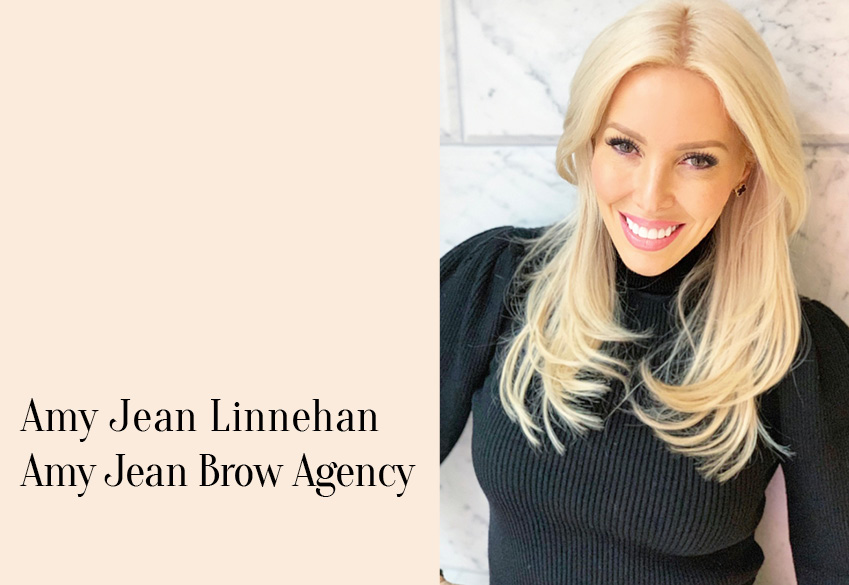
‘Why not embrace a fuller brow?’
Amy Jean Linnehan runs Amy Jean Brow Agency
If the prospect of tinting your own eyebrows fills you with dread, then Amy Jean Linnehan is here to reassure you. “It’s actually dead easy,” she says. “It’s a case of mixing a cream with an activator.”
The secret, she says, is “using Vaseline on a cotton tip to outline around the brow” to contain the tint, and selecting the right colour.
This week Linnehan launched new at-home brow kits, offering lightening and darkening options. “People are often thrown by the [idea of lightening brows]. But it’s actually quite a nice, softer look for some people.
“If someone is quite fair, and their brow colour is fairer than their hair, they may want to take their brows darker. But if you have dark hair and very strong brows, you might want to lighten them. It’s about harmonising the two – and not necessarily what we learned growing up, which is to match your brow colour to your hair colour.”
Lightening brows gives a softer look
When plucking brows at home, Linnehan advises filling them in with a powder, pencil or tint first. “Never go in blind and pluck your eyebrows with a set of tweezers. Fill them into the shape you like and then pluck.”
Don’t want to take your chances with a tint? Brow pencils or powder can achieve a similar (albeit shorter-term) effect. Pencils, she explains, are better for “compromised shapes” that need correcting, whereas powder adds texture to brows that need more fullness.
Avoid trimming any longer hairs with scissors, Linehan says. “Once you’ve filled in and tweezed, grab a brow brush and brush your brows straight up. If there are any long, rogue hairs, those can be tweezed out.” In terms of shape, she warns against over-plucking the ends. “In 15 year of doing brows, it’s very rare to see someone whose brows are too long.”
For those with lash extensions. Linnehan says there’s little option but to use a good mascara that that won’t interfere with the lash glue as they grow out. “I’ve developed a mascara that’s completely water soluble.”
In general, Linneham says she’s been advising women to make the most of the enforced hibernation. “Just take a breath and think: ‘I’m not going to be seen a lot in public.” Why don’t you take the opportunity to really embrace what the fashion has been for a few years – a fuller brow?”
Illustration: Millie Bartlett




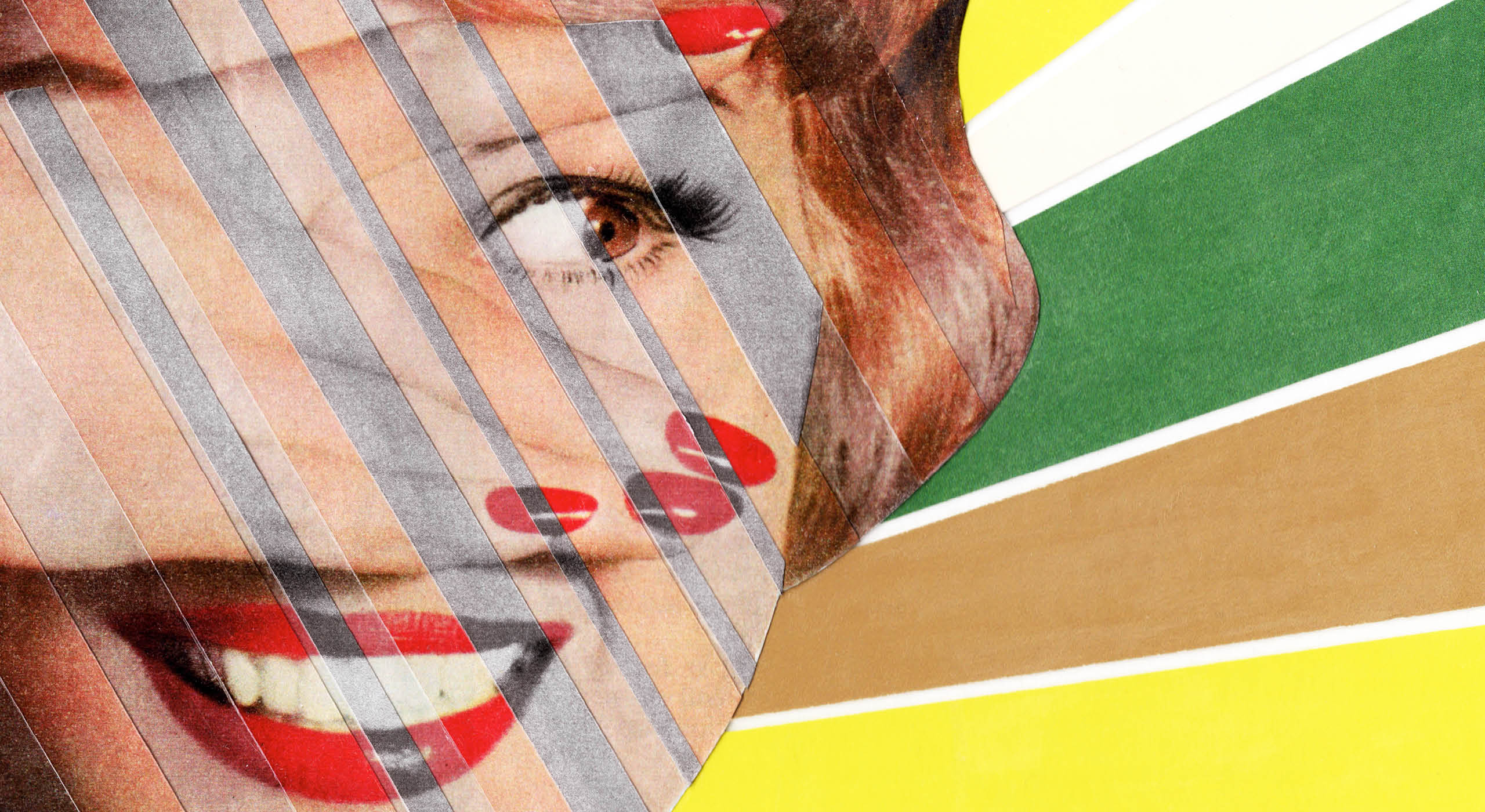
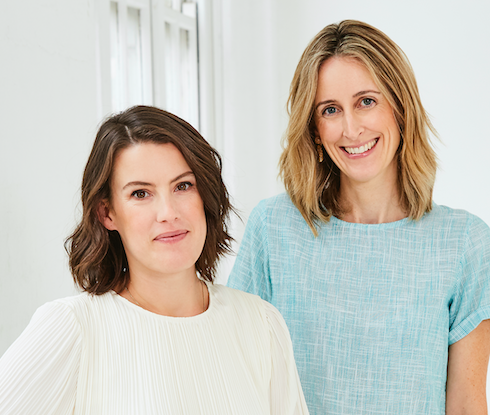

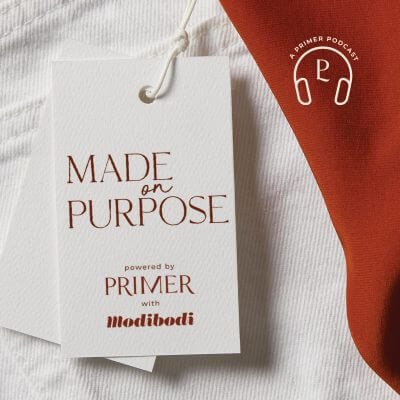
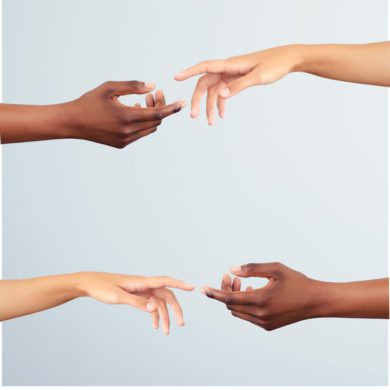

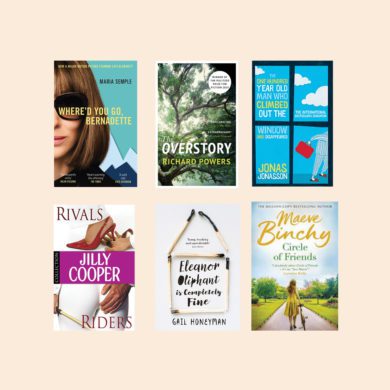


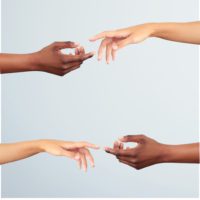
No Comments